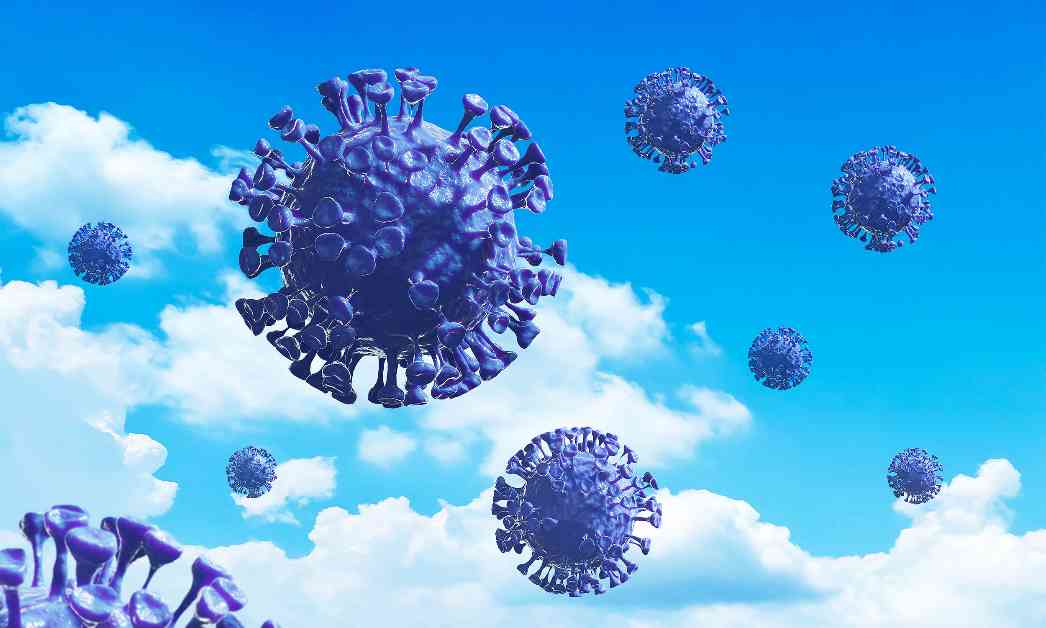Air samples collected at altitudes up to 2,000 miles above Japan revealed a surprising array of living microbes, including bacteria and fungi, some of which are harmful to humans. These microbes, which traveled long distances with the help of aerosols originating from regions rich in fertilizers and pesticides, have sparked a wave of curiosity in the scientific community about how pathogens move across vast distances, unseen by the naked eye. The Barcelona Institute for Global Health (ISGlobal) and the Daniel Bravo Andreu Private Foundation (FPDBA) led the way in this exploration.
Pathogens hitching a ride on the wind is not a new concept, but the discovery of a diverse range of microbes surviving at high altitudes is groundbreaking. Xavier Rodó, an ICREA researcher at ISGlobal, and his team conducted ten tropospheric flights to study microbial diversity at high altitudes, a departure from studies typically done just a few meters above the ground or ocean.
During these flights, the team collected air samples above Japan, following wind currents from mainland Asia. They identified over 266 fungal and 305 bacterial genera in the aerosols, including potential pathogens for humans, animals, and plants such as Escherichia coli and Candida. Surprisingly, some strains showed resistance to multiple drugs, raising concerns about the spread of antimicrobial resistance through airborne microbes.
The presence of elements like zinc sulfate and potassium in the samples suggests an agricultural source, likely from farmlands in northeast China. The similarity in microbial diversity between high-altitude and ground samples indicates a connection between air and ground microbes, supported by particle transport models.
This study sheds light on the rich diversity of microbes dispersed by wind currents over thousands of kilometers, highlighting the importance of understanding how pathogens in the environment, particularly in the air, can impact human health. While the direct link between airborne pathogens and health effects is yet to be confirmed, this research underscores the need for further exploration into air microbes and their long-distance travel.
The study, published in the Proceedings of the National Academy of Sciences, opens a new chapter in the study of microbe transport and emphasizes the interconnectedness of our world, even in ways that are invisible to us. The next time you feel the wind on your face, remember that it carries stories of microbial hitchhikers traversing the troposphere and continents, revealing the hidden complexities of our global ecosystem.












